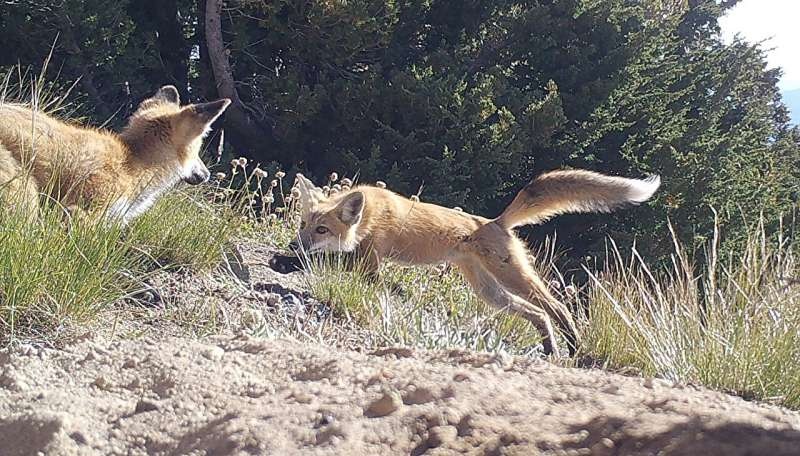Researchers uncover a glimmer of hope for the dwindling population of Lassen red foxes through the potential of genetic rescue, a conservation tool that could help reverse the effects of inbreeding and restore their genetic diversity.

Uncovering the Foxes’ Past
And the study published in Molecular Biology and Evolution tells an interesting tale of remoter history of the montane red foxes. Once upon a time, they were widespread and more genetically linked to their neighbors in areas like Oregon, the Rocky Mountains and Washington Cascades than they are now.
The researchers, through new genomic technology, were able to look back in time and see how connected and isolated the foxes were historically. Such data will be crucial as wildlife managers debate whether genetic rescue is a viable conservation strategy for the Lassen red foxes; fewer than 30 of these animals may remain in their population.
Focusing on the inbreeding depression
The study concluded that inbreeding was a severe threat to the Lassen red fox population, with moderate levels and recent peaks of inbreeding observed. This kind of inbreeding depression, when the poor fitness and reproduction capability of an animal results from the increased level of inbreeding, is a fundamental threat to these rare foxes.
In this case, genetic rescue could be a successful conservation strategy. The researchers point out that this is not an approach to be undertaken lightly, since such a step requires a detailed knowledge of exactly how severe the inbreeding is and what the historical genetic background (baseline) had been, as well as why various evolutionary relationships would have lead to these small foxes with large tails.
The study also highlights that the Lassen red foxes are a highest priority for intervention—only one immigrant is known to have joined the population over 20 years of monitoring. If those factors have been stopped, then the foxes may be ready to rebound with some genetic rescue, the researchers say.
Conclusion
Data sourced from the study and their importance to the survival of the Lassen red foxes She adds, “In other words, there is potential for a future with Lassen red foxes. The study, led by a team of researchers from Nottingham Trent University, reveals the high genetic lineage diversity present in island red fox populations and promises tool to guide genetic rescue management. The salvation of the Lassen population, and their continued safety as a distinct subspecies, may hinge on the broader restoration of the montane red fox subspecies as a whole across its genetic diversity and connectivity.
